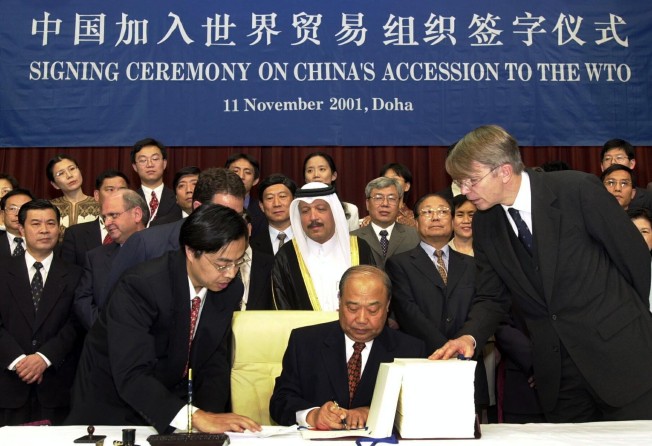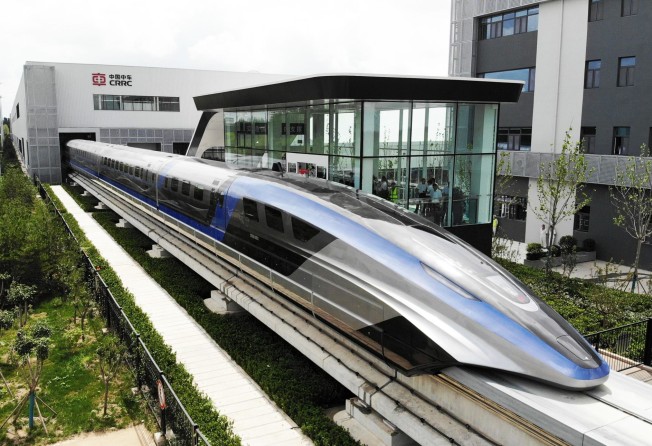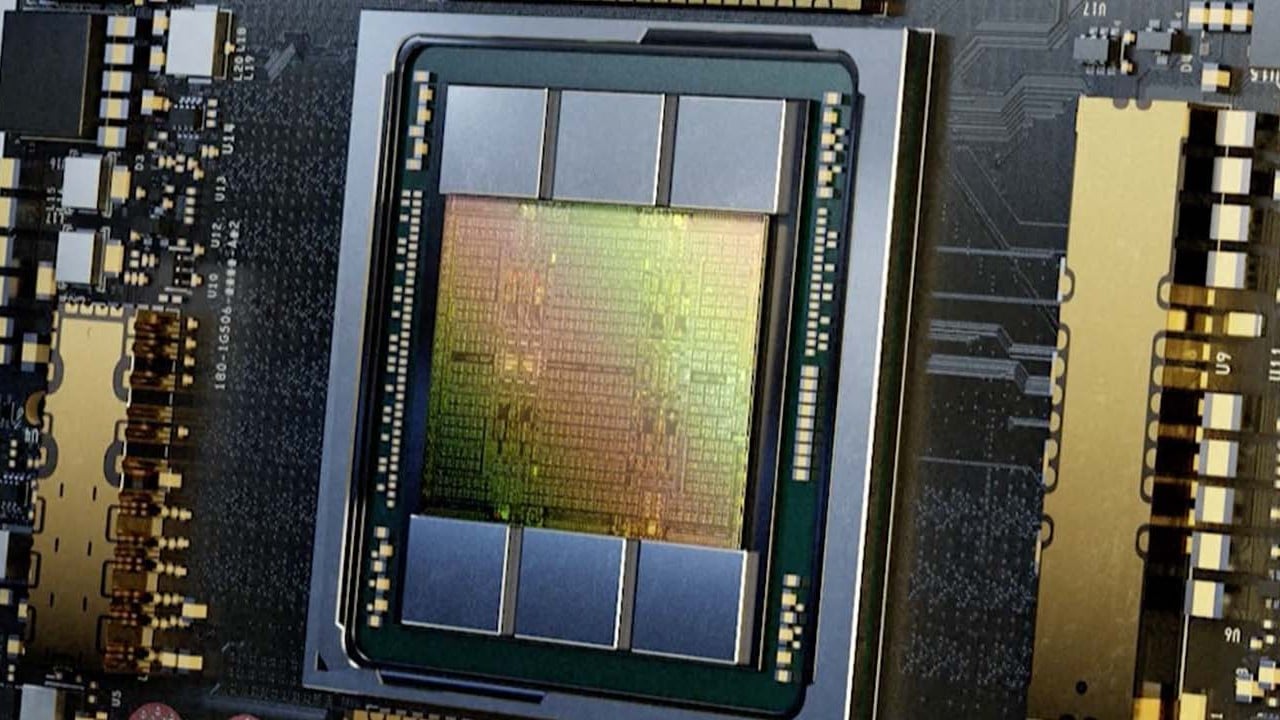
Why decoupling from the US will impede China’s technological progress
- China has made huge advances in science and technology in recent decades, boosted by an influx of foreign investment and a rise in international cooperation
- Now that Western powers see China as a rival and want to put a cap on its tech capabilities, the country will have to work hard to strengthen domestic efforts

China has spent decades “walking on two legs” in its pursuit of scientific and technological innovation. Now, its decoupling from the US is injuring one leg, impeding its journey to become a world leader in science and technology.
The steps it has taken – on the input side, enlarging expenditure on research and development (R&D) and nurturing talent, while increasing the number of publications by Chinese scientists in international journals, boosting patenting activities and exporting hi-tech goods on the output side – represent a synergy between domestic growth and global integration. The two sides have been mutually reinforcing.
This feature of China’s science and technology ecosystem has propelled its upwards trajectory, but it now also points to challenges facing the country amid a changing international environment.
Until recently, a generally friendly international environment allowed China to take advantage of the benefits offered by globalisation – which is more than an economic phenomenon – and advance economically as well as technologically.

Following its opening up, the country attracted an enormous amount of foreign direct investment. In recent years, FDI has contributed as much as 15 per cent of China’s overall expenditure on research and development. China is deeply intertwined with the global economy.
Meanwhile, China’s best and brightest studied at leading universities around the world, garnering the most advanced knowledge of the day and often bringing it back home with them upon finishing their overseas stints. Leading international science journals published studies by Chinese scientists and their international collaborators.
What emerged was a two-way exchange between China and the rest of the world, especially developed economies.
All this seems to have changed. China’s economic and technological growth has reached a point at which the US, Europe and Japan feel it is a threat. They have become suspicious of its power, influence and status. Such a shift in sentiment has implications for global markets, institutions and governance yet to be fully appreciated.
The international environment has become increasingly hostile for China. The US, under the Trump administration, began to view China in terms of “strategic rivalry”. The European Union now views China as an “economic competitor” and “systemic rival,” rather than a partner for cooperation as it once did.
Such a situation can be read as a harbinger of both new challenges and opportunities for China in terms of innovation. It will need a new global approach.
The US has added scores of Chinese companies and organisations to its so-called Entity List. Harsh sanctions have made it difficult for them to access the most advanced technology, know-how and materials. Most recently, US President Joe Biden signed the Chips and Science Act into law, which specifically targets China in the field of technology and innovation. The US’ allies also have taken action against China.
Just a few years ago, China was dispatching more students overseas than any other country. Now, Chinese students and scholars are less welcome at leading international institutions of learning due to fears of their “illicit” technology acquisition attempts.
International scientists have become reluctant to collaborate with their Chinese counterparts, with Sino-American joint publications peaking in 2020 and falling since. With the now-defunct China Initiative, the American government undercut China’s efforts to attract overseas talent through the Thousand Talents Plan.
Finally, China remains technologically choked because of its serious foreign dependence. China runs a large deficit in intellectual property. Between 2006 and 2020, China increased its payments for the use of foreign IP significantly from US$6.63 billion to US$37.78 billion, while its receipts only increased from US$200 million to US$8.5 billion.
With the US and its allies working to constrain Chinese access to advanced technology, including through secondary sanctions on suppliers of non-US origin, there will almost certainly be an adverse impact on Chinese progress in hi-tech goods.

Despite indigenous efforts, China’s science and technology sector still faces challenges, some of which are quite daunting. The weakness in China’s research is that much of it is derivative in nature and driven by work done in developed countries. China’s patent applications have been rising, but the question is whether this has translated into quality improvement measured by transnational patents.
China’s talent pool is quite impressive in both quantity and quality. But this is mostly the result of exposure of Chinese talent to international research.
And despite having produced the highest number of overseas students earning doctorates at American universities, China has seen the majority of its nationals remain in the US after receiving their PhD degrees, although the number of those staying on has been declining recently.
The deteriorating international environment may not allow them to be as amphibious as their predecessors. As public opinion becomes less favourable towards China in the US and the West in general, public policy issues related to both national competitiveness and national security have been raised. When faced with a choice, the inconvenient reality is that scientists of Chinese origin tend to stay with their foreign employers.
With publications by Chinese taught overseas tending to have a higher impact factor than those by their peers without overseas experience, many Chinese academics are drawn to the US, Europe and other developed Western countries. This trend suggests China is not yet at a point where it can attract global talent or retain its own.
Ultimately, the exclusion of Chinese scholars from the international frontier of research will be detrimental to China’s efforts in science and technology innovation.
As its ties with the world are being endangered, China may have to ride hard into the anti-globalisation headwind and enter uncharted territory by strengthening its own domestic efforts. The future will be uncertain.
Cong Cao is a professor at the University of Nottingham Ningbo China
